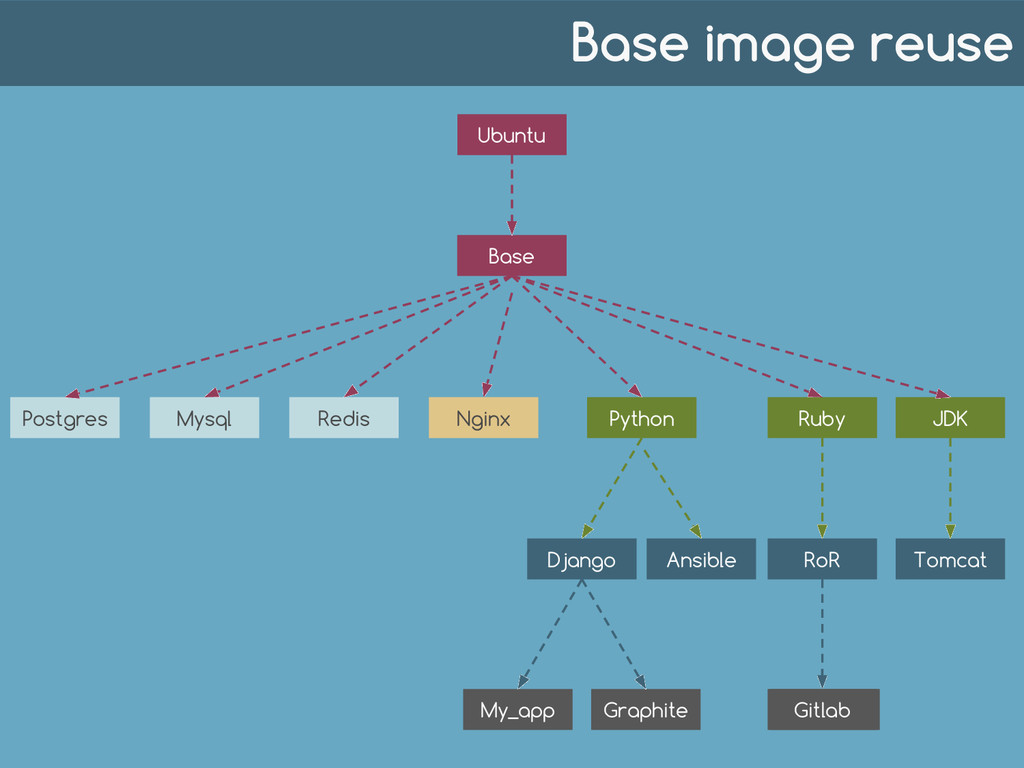
Hence it would not suitable for processes which don't create PID files while running such as shell script.

Monit requires processes to create PID files.It can be ran either in daemon mode or non-daemon mode.Web based UI provided to check status of processes.Can monitor system resources such as CPU usage, memory usage etc.For example, if file changes, it would know Can monitor not only programs but also files, filesystems etc.It’s mostly used to manage services such as apache, sshd etc. Monit is a helpful program that automatically monitors and manages server programs to ensure that they not only stay online consistently, but that the file size, checksum, or permissions are always correct. The configuration file would require you understand some Ruby. Memory heavy (Known memory leak issues).Supports monitoring daemonized process(though you need to provide the PID file to it).Supports both poll and event based conditions.Easily write your own custom conditions in Ruby It is suitable for complex process management. One can write a complex configuration file to control various levels of a program lifecycle.
Monit docker containers full#
God is a powerful but complicated process management system which provides full control over how a program can be monitored. Subprocess cannot be ran in daemon mode.No process dependency management(Can use event listener to achieve this somehow).This makes it suitable for either container environment or normal environment It can be ran either in daemon mode or non-daemon mode.Easy to configure and suitable for non-complicated management.Light weight with enough features like restart, parallel starting, event listener, start retries etc.

It can be used to monitor processes and restart them in case the subprocess exits and it has event listener to listen to different events so that appropriate actions can be taken. Supervisord is a light weight process management system which can manage subprocesses specified in supervisord configuration file. In this post, we will cover three of them : Supervisord, God and Monit. There are a few monitoring tools available for developers to use. To maintain this kind of logic, there would be some process monitoring tool coming into the picture so that the monitoring tool will monitor all application processes and it would have a PID of 1 which the docker container cares about only. In cases where multiple processes exist in a docker container, the logic should be that the docker container would shut down if the master process is terminated and it should remain running if some assistant process is terminated and the assistant process should be automatically restarted. In this case, to monitor all these processes would be a challenge task. However, in reality there would be cases multiple processes would run in one single docker container and there is a master process. Ideally, each docker container should only contain one service which has only one running process. If you want to monitor uptime for new containers, just edit file /opt/mistio-collectd/collectd.sh and add the container name on variable list_of_containers of the script (no need to restart collectd).With the popularity of Docker, more and more service have been moved into docker containers and they are easy to build up and maintain for each atomic service(though it's a bit complex to maintain multiple docker containers which contain different service to form a complete solution). Click ADD RULE, select the container (name will be container NAME gauge statues where NAME is the name of our container) and set the condition as < 1Īs soon as a container becomes unavailable an email alert is sent. Now add a rule to get alerted in case the container becomes unresponsive. Step 4: Add rules to get alerted when containers are unresponsive If the container becomes unavailable, then values becomes 0. If the container is running, then values will be 1. You will see two new diagrams, one for each of the containers. Now visit the Machine page for the Docker host.

Step 3: View the container uptime diagram

Now make the script executable chmod +x /opt/mistio-collectd/docker.shĪnd restart collectd /opt/mistio-collectd/collectd.sh restart So in our case the entry will be mistio ALL=(ALL) NOPASSWD:/usr/bin/docker If you don't want to allow passwordless sudo access for this user, make sure this user can run the docker command with passwordless sudo. Where you replace ubuntu with the user you have. Make sure /etc/sudoers contains line ubuntu ALL=(ALL) NOPASSWD:ALL
Monit docker containers password#
You cannot put root here since collectd doesn't allow it, instead, you have to use a sudo user that can sudo without password (ubuntu in our case). Now edit file /opt/mistio-collectd/ and append to the end of the file:Įxec "ubuntu" "/opt/mistio-collectd/docker.sh"


 0 kommentar(er)
0 kommentar(er)
